Abstract
In this package, the continuum damage mechanics framework for ductile materials developed by Lemaitre is implemented and developed in ABAQUS by VUMAT Subroutine. A wide range of element types, material models and other facilities, such as efficient equation solvers, are available for the user in the ABAQUS software. A fully coupled constitutive elastic-plastic-damage model is used. Ductile Damage Abaqus modeling is fully described here in this training package.
Constitutive modeling is treated within the framework of continuum damage mechanics (CDM), and the effect of micro-crack closure, which may decrease the rate of damage growth under compression, is incorporated and implemented.
The present package has been organized as follows. In the Introduction section, the basis of the CDM in ductile materials is explained, and the applications of the CDM are stated. In the Theory section, the CDM model formulation is briefly reviewed, and with micro-crack closure, the effect is described. In the Implementation section, an algorithm for the numerical integration of the damage constitutive equations is presented. In the VUMAT Subroutine section, the flowchart of the subroutine, and the subroutine structure, step by step, are explained in detail. How to run the VUMAT Subroutine in ABAQUS will be presented in this section. In the Verification section, the validation and verification of the numerical implementation will be evaluated, and the stability, convergence and accuracy of the results will be investigated. In the Application section, the applications of using the ductile damage model in mechanical processes are presented, and the prediction of damage growth and failure in mechanical processes is investigated. You can get more information about Ductile Damage Abaqus modeling on the right-side of this page.
Read More: ddsdde abaqus umat
Introduction
The damage of materials is the progressive physical process by which they break. Damage mechanics is the study, through mechanical variables, of the mechanisms involved in this deterioration when the materials are subjected to loading. In the section, the phenomenological aspects of damage with a description of the different kinds of damage are introduced. Particularly damage models in ductile metals are proposed by Chaboche [1], and Lemaitre [2] are discussed. Under compressive loading, voids and micro-cracks that would grow under tension will partially close, reducing the damage growth rate. This phenomenon can be important in the simulation of forming processes. In this section, all the necessary conditions and parameters affecting ductile damage modeling are introduced.
If you are a beginner in Abaqus simulation, it would be helpful to check out our free Abaqus tutorials on the Free Abaqus Training page.
The CAE Assistant is committed to addressing all your CAE needs, and your feedback greatly assists us in achieving this goal. If you have any questions or encounter complications, please feel free to share it with us through our social media accounts including WhatsApp.
Read More: damage mechanics
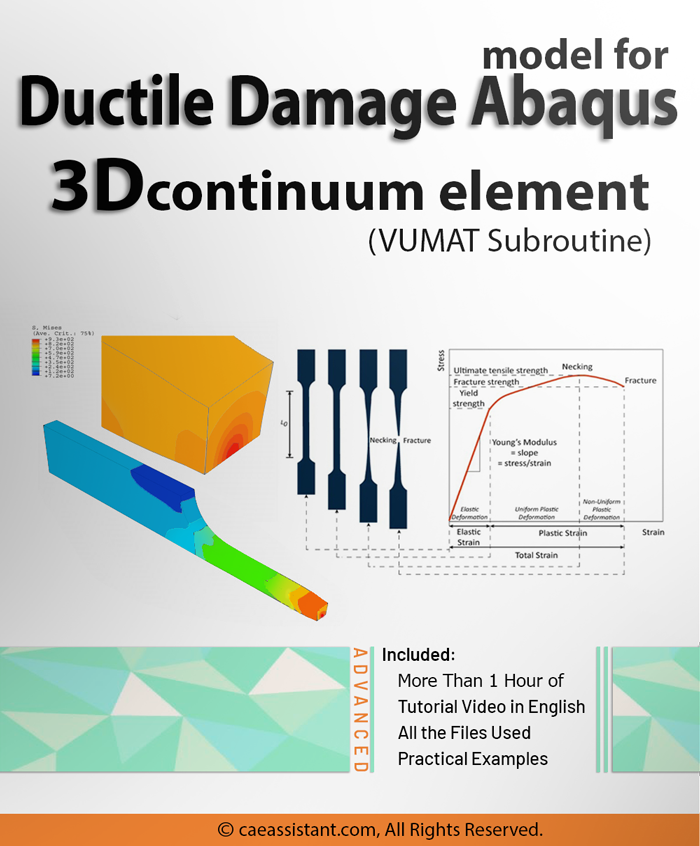
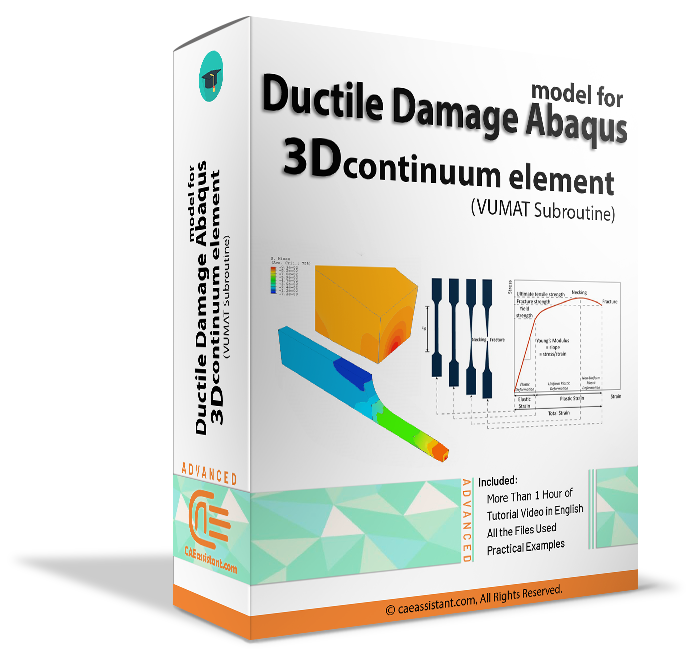
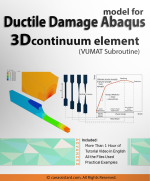
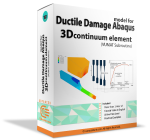
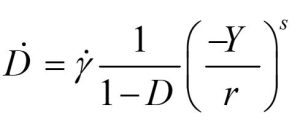



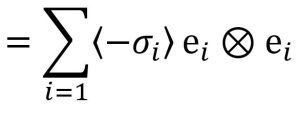
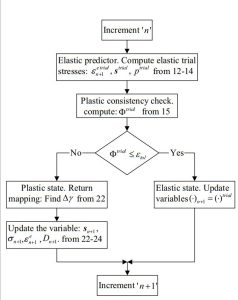
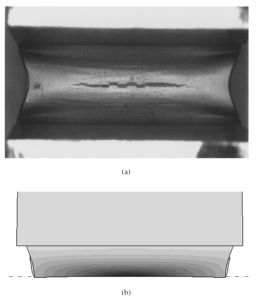
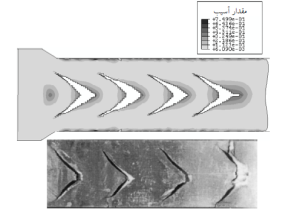
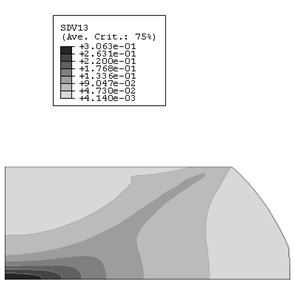
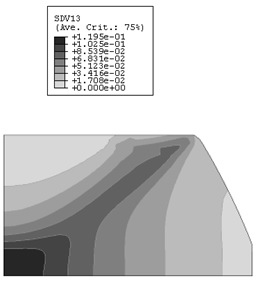
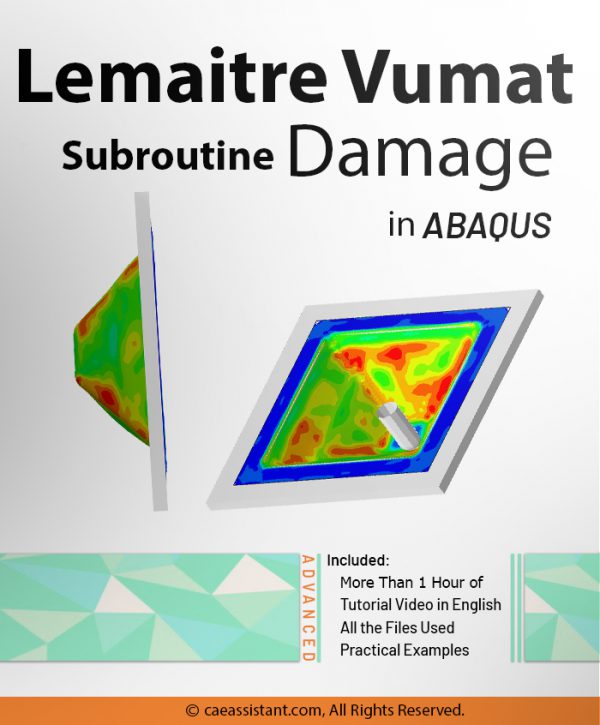
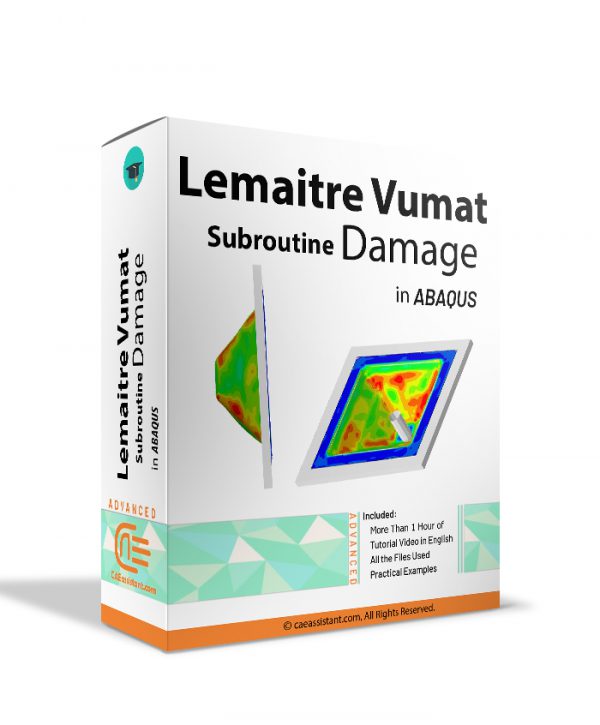
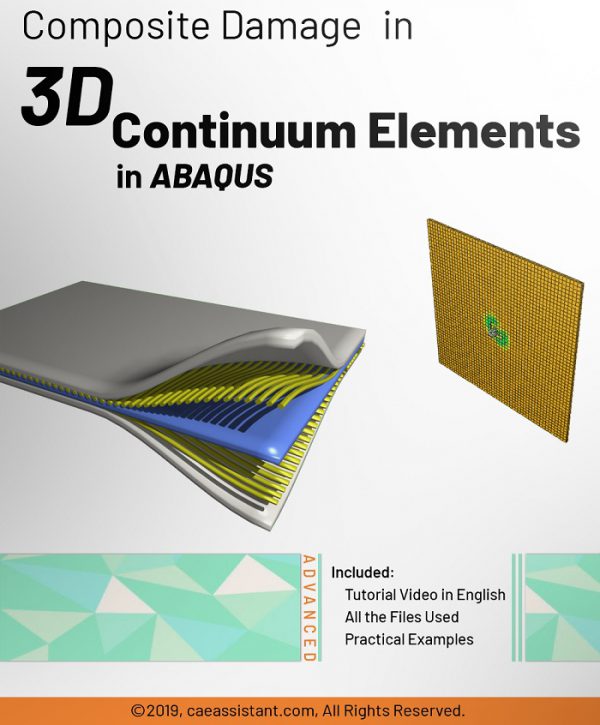
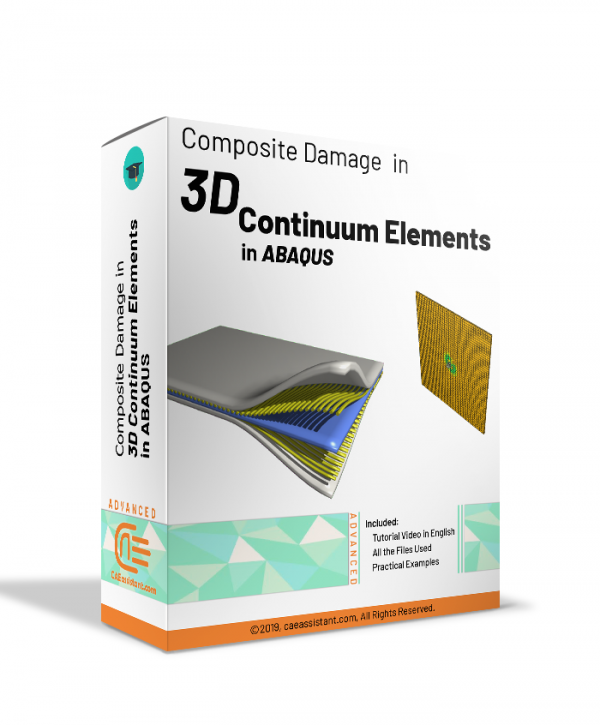
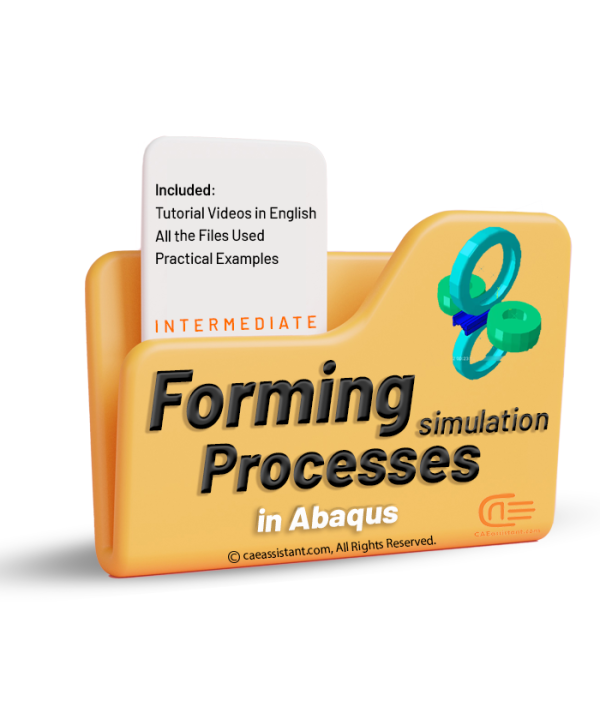
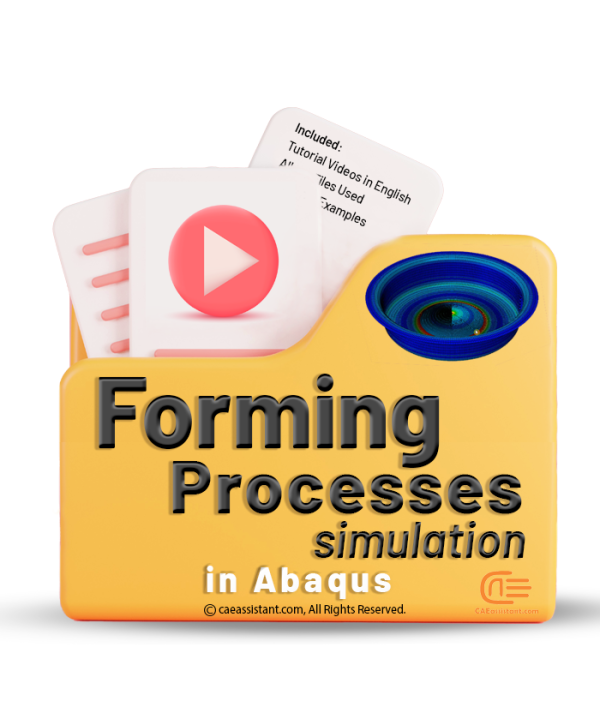
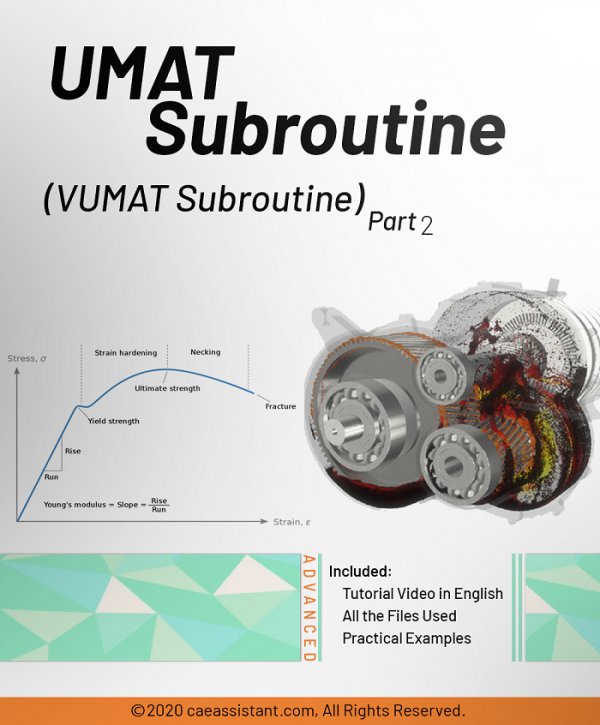

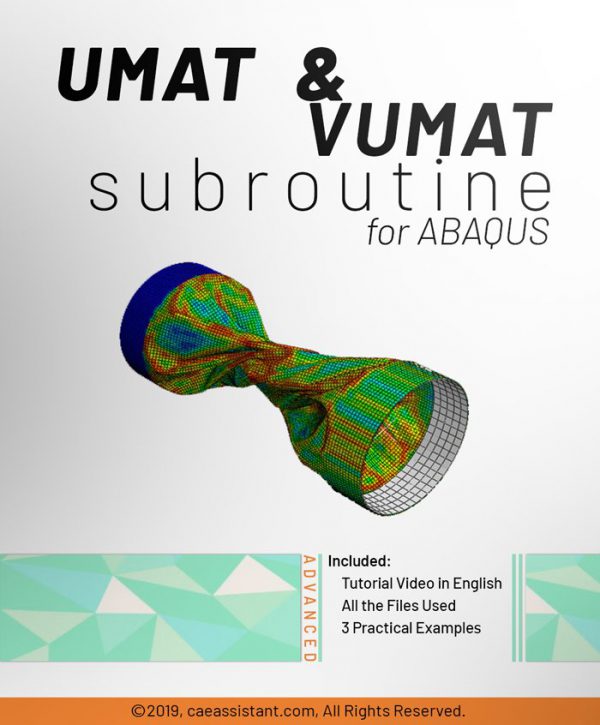
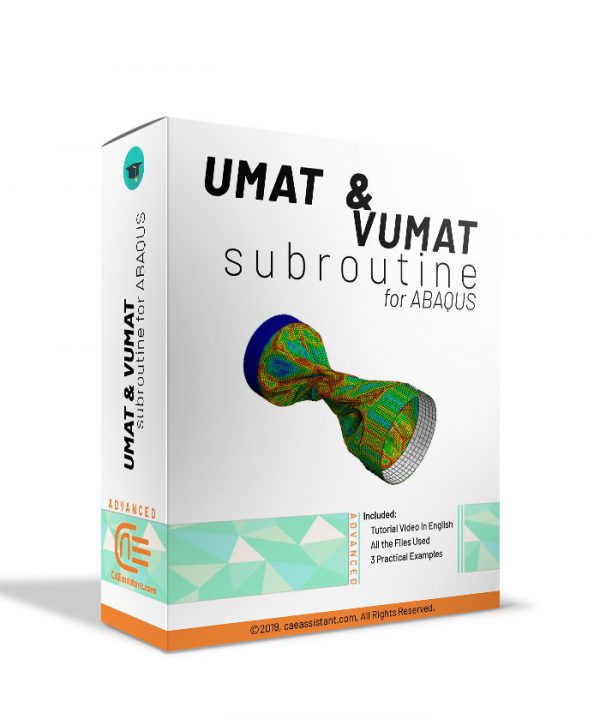
Lukas Schmidt –
I want to connect with the lecturer to collaborate to produce a new subroutine and article. How I can connect to him? I think we can have some gain for each other!
Amanda dos Santos –
Ok. that was good. I want to buy a business membership for the university to use all packages for my students without any time limitations. how I can order it? the number of my students is 5 and I need to use Abaqus packages only!
Patricia Garcia –
This VUMAT subroutine is stronger than the previous one in the package Lemaitre Damage model implementation with VUMAT Abaqus. This subroutine also has veification. That’s great. Keep making professional products
Marie Dupont –
That was great! it is based on scientific articles and works well. I want to write the VUMAT subroutine for my project. Could you help me to write it?
Jung DOKGO –
That was good and works for all of my simulations. Could you tell me do you have the UMAT version?
Samuel –
How is the stability, convergence, and accuracy of the numerical implementation of the ductile damage model validated and verified in this package? and can you provide any examples of real world applications of ductile damage modeling and how this training package can help me apply the theory in practice?